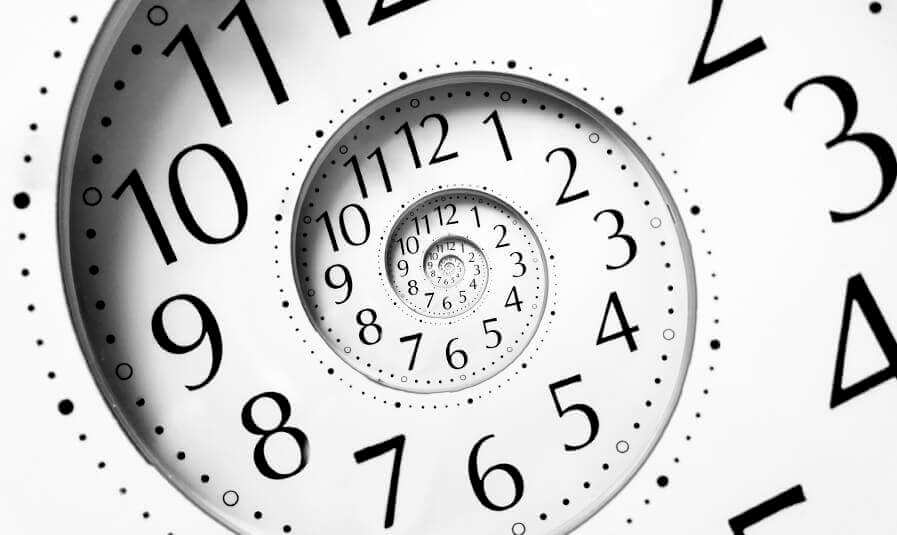In order for a invention to be a claimed invention each of these given requirements must be satisfied.
a. comprised of patentable subject matter
b. useful
c. novel
d. non-obvious
e. adequately described.
The non-obvious requirement is a critical element to patent ability. In essence, even if the applicant can demonstrate patent able subject matter, utility, novelty, the patent will not issue if the invention is trivial. In order to determine if an invention is trivial it is necessary to see if there was a motivation in prior art to do what the inventor has done, or if there is some reasonable expectation that the combination of elements would achieve a successful result. If the prior art does not explicitly and with identity of elements, teach the invention, the patent applicant may still be thwarted if there are a number of references that, when combined would produce the claimed invention.

A Patent may not be obtained if it contains only obvious difference from prior art. Under U.S. first to file system an invention is obvious if the difference between the subject matter sought to be patented and prior art are such that the subject matter as a whole would have been obvious at the time a patent application is filed describing the invention. The obviousness inquiry is highly fact specific and not susceptible to per se rules. For example, a patent infirngement defendant or one challenging a patent at the office cannot simply present evidence of anticipation and then say “ditto” to establish obviousness.
Sometimes combining things is not readily apparent, sometimes it is. That is what makes obviousness a tricky inquiry. Obviousness is a fact based and subjective inquiry, and in my experience many inventors are simply not capable of making an honest determination. Frequently inventors are simply blinded by the fact that no single reference describes the invention in total. That is the first step in determining whether you can obtain a patent, but that exact identity inquiry relates to novelty. Obviousness is the next step in the road to patent-ability, and a significant hurdle.

The obviousness determination is based on four factual inquiries;
- The difference between prior art and challenged claims
- The level of ordinary skill in the field or pertinent art at the time of plaintiff’s invention
- What one possessing that level of skill would have deemed to be obvious form prior art reference
- objective evidence of obviousness and non-obviousness
The objective evidence includes;
a. The commercial success of invention
b. whether the invention satisfies a long felt need in the industry
c. failures of others to find a solution to the problem at hand
d. unexpected results
e. copying by others
f. licensing by others
e. skepticism of experts

Not all of these secondary consideration of non-obviousness are of equal strength and persuasiveness. Long felt need in the industry when coupled with failure of others is quite strong, while commercial success might not be quite as useful as you think because the success in commerce could be potentially explained by marketing prowess and business acumen and not any particular technological advance.
In determining in what it would have been obvious to a person of ordinary skill in the art, the decision maker may also examine following factor;
a. Types of problems encountered in art
b. Prior art solution to those problem
c. rapidity with which innovation are made
d. sophisticated of the technology
e. educational level of inventor
f. educational level of active worker in field.

Conclusion
The non obviousness requirement is one of the most difficult concepts to explain because as hard as decision-makers may try the ultimate conclusion necessarily incorporates a certain amount of subjectivity. With that in mind, to get a complete picture of obviousness it will be helpful to do further reading on this unfortunately difficult topic.





